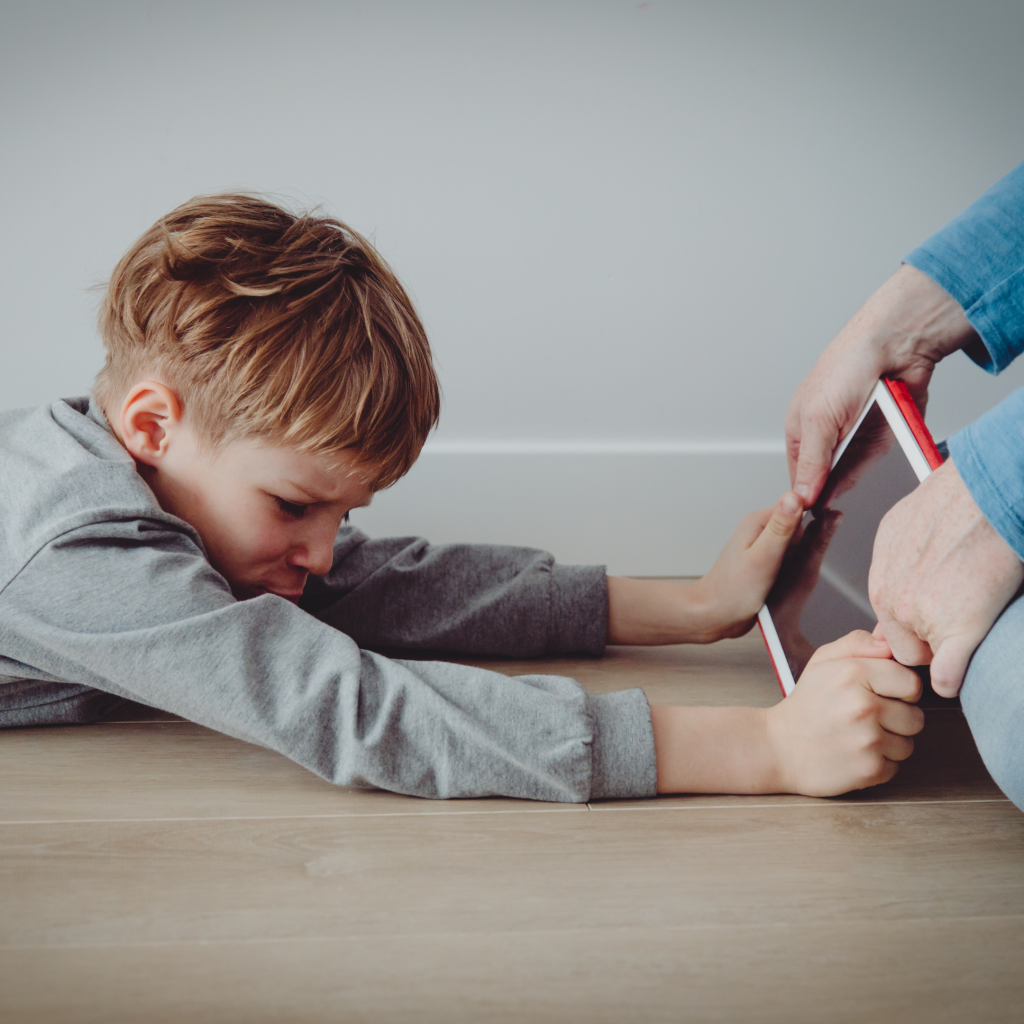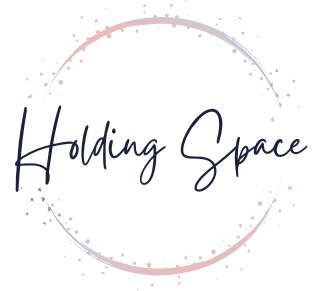How to do Inner Child work
We all have an Inner Child inside of us. It is that part of us that has always been within us: from the moment of our conception, through our time in our mother’s womb, through birth, childhood and the developing years. Our Inner Child has always been there: when we were an infant, a toddler, young child, during our school years, teenage years and… it’s still within us now.
That baby you once were didn’t suddenly disappear to be replaced by a well-formed adult. The process of inner maturation is slow and it involves us learning how to treat ourselves by seeing how other people treat us (or themselves). We learn how to be an adult from other adults in our life. As we grow up, we develop an inner adult, or an Inner Parent. It’s our Inner Parent that looks after our self-care, who is in charge of our discipline, looks after our safety and security. While the Inner Parent is keeping us healthy, well and safe, our Inner Child is still within us with all its playfulness, imagination, curiosity, hurt and pain of a little child.
Consider those experiences that many of us may have sometimes:
- that deep sadness that seems almost irrelevant to what’s happening in your life,
- those outbursts of anger that shake your entire body and are hard to control,
- that anxiety that comes out of nowhere,
- that fear that always seems to be somewhere in the corner of your mind,
- that inability to start working on a project even though you’re running out of time.
All these are moments when your Inner Child becomes triggered and begins to “run the show”.
How does it happen?
At different points throughout our childhood (including the time we were in our mother’s womb) we might have experiences that our not yet developed brains can’t understand. We might feel a lot of intense feelings that we can’t comprehend. If our caregivers fail to soothe us, our Inner Child might become stuck in this particular feeling. Each time this feeling (or its memory) is triggered in adulthood, our Inner Child demands of us something that our Inner Parent never learned how to do. This is when our Inner Child takes over the control.
Some examples of how this happens include:
- If our sadness, anger or fear were dismissed, or ignored in childhood, we might have learned to hide our emotions. In adulthood we might find it hard to share how we feel with others and feel triggered when someone else expresses their emotions.
- If we felt unsafe, or like we couldn’t rely on our parents for protection, we might develop a sense of fear or anxiety that stays with us until adulthood.
- If we experienced rejection because of our parents’ divorce, sickness, or a similar event, we might fear rejection and abandonment as adults.
The above examples are just a few scenarios among millions of different possibilities. The truth is that there’s no such a thing as a perfect parent. All parents make mistakes and we all might feel dismissed, overwhelmed, or rejected at times. This is why Inner Child work is something that can be useful to most of us.
Signs that you might benefit from doing Inner Child work:
- You keep finding yourself in repetitive relationship patterns,
- You attract toxic relationships,
- You’re struggling with feelings of guilt and shame,
- You’re overworking and struggling to take a rest,
- It’s hard to be present in the moment,
- You cannot handle failure (or you believe you never fail),
- You want things in your life to be perfect,
- Making mistakes is unacceptable,
- You self-sabotage,
- Your negative self-talk is overwhelming,
- Your procrastination is out of control.
How to do Inner Child work:
There is no one-size-fits-all when it comes to healing of any kind and that includes Inner Child wounds. There are, however, numerous approaches to doing that inner work. Below are examples of some of things you might wish to try.
1. Psychotherapy

A big part of psychotherapeutic work is healing the wounds from your childhood. One of many ways of looking at the therapeutic process is that your therapist becomes the “parental figure” in your life. When you’re remembering difficult events, unresolved childhood experiences, or feeling challenging emotions during your sessions, your therapist is there with you, holding you and keeping you safe. This is how your therapist shows you how you can hold yourself when similar thoughts and feelings arise outside of the therapy room. You learn how to be a parent to your Inner Child by internalising your therapist.
2. Yoga to reconnect with your Inner Child

Yoga can be a helpful tool when it comes to healing. While therapy is usually focused mostly on the top-down approach*, yoga allows us to reverse this order with a bottom-up approach**. In yoga we can tap into physical sensations and give ourselves space to feel it all without having to understand it.
To cultivate the feeling of playfulness and find that child-like freedom, you can try the following poses:
- Happy baby.
- Lion’s breath.
- Balancing butterfly (or any kind of balancing poses. Allow yourself to fall out and come back up as many times as feels good).
- Child’s pose.
- Flowering lotus.
You can also check out your local (and online) yoga studios to find a workshop or a class specifically designed for Inner Child work.
Note: Top-down approach to therapy means that the process begins from talking about and trying to make sense of what’s happening in one’s life. Bottom-up approach is focused more on bodily sensations – it starts with the body.
3. Write a letter from your Inner Child

Before you being this practice, it’s important that you’re in a space were you feel safe. Give yourself plenty of time and make sure to do a grounding practice (movement, dance, meditation, breathing) after you finish.
When you’re ready, imagine that you’re a child again. Allow yourself to become that young part of yourself. You may want to close your eyes for a moment to embody the feeling. When you feel ready, open your eyes and begin writing. You might be writing a diary, a letter to your older self or even a letter to your parents or other adults in your life. Allow yourself to follow your intuition here and let that Inner Child of yours do whatever it wants to do. If it feels right to draw something or tear the paper after you’re finished – give it a try. Let your Inner Child express whatever it needs to.
When you’re finished, close your eyes one more time and take a few deep breaths. Feel your body and become aware of your surroundings. Before you continue with your day, give yourself as much time as you need to return back to the present moment.
4. Create a healthy structure for your Inner Child

Parenting is more than just cuddles, kisses and emotional regulation. Often it involves creating boundaries and setting a structure for the child. The same goes for re-parenting your Inner Child. Tap into your adult self to create a structure around feeding, hydration, sleeping or hygiene.
If you feel like you want to scroll through Instagram instead of working, have chocolate for breakfast and skip that shower one more time (sure you’re working from home anyway, what’s the big deal!) – imagine that it was your child exhibiting those behaviours. How could you motivate your child to start working on their project, eat their breakfast, and go take that shower? In those moments, treat yourself like you’d treat a small child that doesn’t know what discipline is and doesn’t care about the consequences. It’s because that’s exactly the part of yourself that’s running the show in those moments and it’s your job to step into the parent’s role.
Note: while it’s easy to say, for many of us it can be much harder to do. If that’s your experience – you can begin developing this approach slowly, gently and with a lot of self-compassion. It will get easier with time and practice.
5. Develop meditation practice that suits you

There’s a huge body of research that shows the positive impact that regular meditation has on our emotional, mental and physical wellbeing. When it comes to Inner Child healing, meditation can helps us:
- release emotional blockages,
- learn to observe difficult emotions and memories without being overwhelmed,
- develop more secure attachment,
- enhance our intuition and our ability to recognize and meet our own emotional needs.
Check out some of the guided meditation on the Holding Space channel. There are also plenty of other specific Inner Child healing meditations on YouTube that you might find helpful.
6. “Home Coming: Reclaiming and Healing Your Inner Child” by John Bradshaw

Check out this book known in psychotherapeutic circles as a classic on Inner Child healing. It is full of helpful information, case studies and practical techniques and exercises that might guide you on your self-healing journey.
This book will guide you on your own self-healing journey, if you’re not ready to work with a therapist.
If you’d like to talk to someone about inner child healing, you can book your free consultation here.

